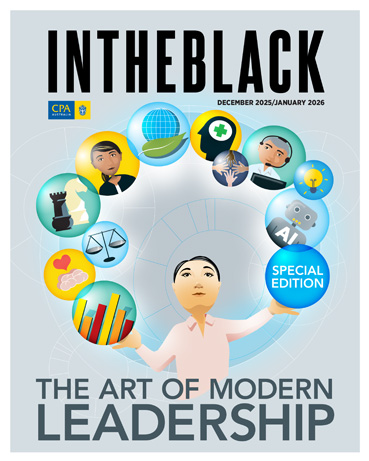Loading component...
At a glance
By Beth Wallace
Professionals across many industries are turning to digital badges as a powerful way to demonstrate their education, skills and knowledge.
A report from 1EdTech and Credential Engine found that more than 26,000 organisations issued digital badges globally in 2022, with 74 million badges awarded to date. This marked a 73 per cent increase over the two years preceding the study.
But what are digital badges and how are they used?
What is a digital badge?
Digital badges are electronic icons that represent the qualifications or accomplishments people earn. Replacing traditional certificates, they are often awarded on completion of micro-credentials, but can be used in other contexts, such as recognising volunteer work.
Recipients can display them on a range of online platforms as a record of their achievements.
What sets digital badges apart from other certifications is their use of verifiable metadata, which includes details such as who earned the badge, why they earned it and who issued it. This makes it easy for prospective employers, clients or colleagues to authenticate someone’s credentials.
Alongside traditional learning institutions such as universities, training providers and high schools, businesses and professional organisations can also distribute digital badges as part of their internal education or recognition programs.
Digital badges verify learners’ achievements, as well as details about their skills and qualifications, says Dr Asheley Jones, chief learning and innovation officer at CPA Australia.
“People have historically listed their designations and qualifications on digital platforms, leaving others to trust that the information is accurate. But in this digital world, a badge is a symbol of recognition of experience, capability and application of knowledge — it provides a shortcut to trust,” she says.
With digital badges, the encrypted metadata is stored securely so it cannot be altered or tampered with. This also means the badges cannot be duplicated, preventing anyone from making false claims about their credentials or identity.
Dr Jones recommends that CPA Australia members display their digital designation badge on LinkedIn, on personal websites and in email signatures. This not only reaffirms their expertise and increases their visibility locally, but can also be valuable when building international connections or exploring career opportunities abroad.
“No matter where you are globally, it’s a verifiable, trusted symbol that shows you are indeed what you say you are,” she says.
Employer perspectives on digital badges in the hiring process
Digital credentials are valuable assets in a competitive job market, says Nicole Gorton, director at Robert Half Australia.
“With ‘lifelong learning’ gaining more importance among workers and employers, digital badges provide an adaptable way to acknowledge specific skills and position the jobseeker as dedicated to ongoing growth,” she says.
“Recruiters appreciate the verifiable nature of badges, as we can make quick assessments on a candidate’s abilities in areas like software proficiency, project management or specialised industry knowledge and or certifications, which can be essential to landing a role and finding the best fit.”
Within the accounting and finance professions, Gorton sees digital badges as a way to validate specialised skills, especially in areas such as regulatory compliance and data analytics. Using digital badges to promote traditional certifications such as the CPA designation “is a great way to grab a finance hiring manager’s attention,” she adds.
For jobseekers, Gorton says digital badges can be an eye-catching way to showcase skills and credentials across résumés, LinkedIn and job applications.
“On résumés, they can be added to a certification section,” she says. “On LinkedIn, they should be featured in the Licenses & certifications section and shared in posts to highlight expertise.”

